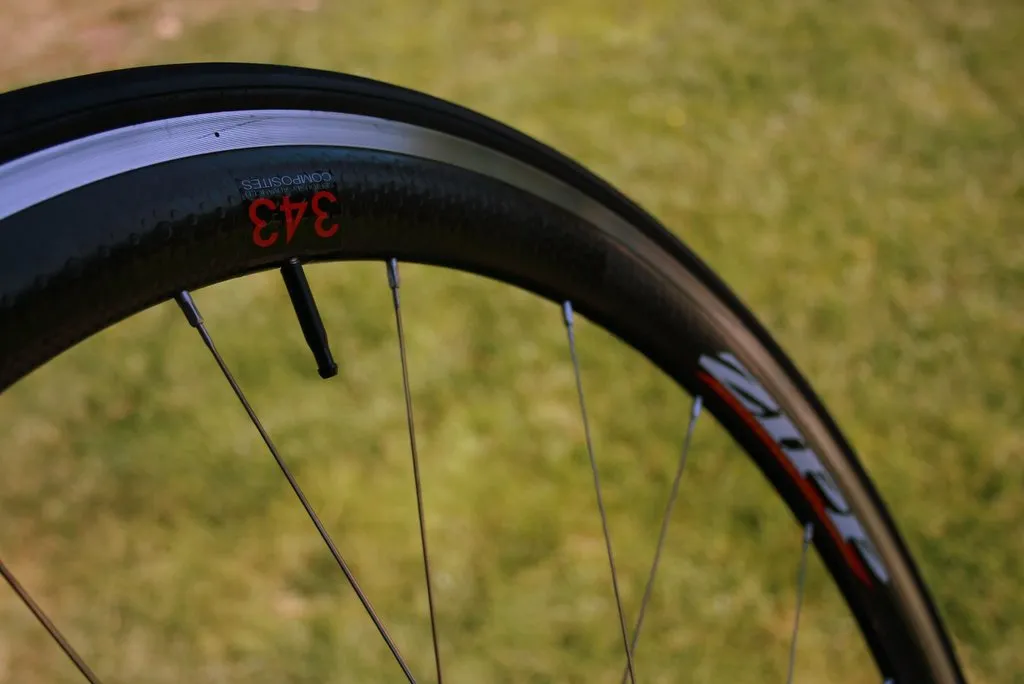The stable of Zipp wheels is not only vast, but brimming with several technologies gleaned from the company's involvement with Indy car racing. Zipp has also benefitted greatly from the international exposure with Team CSC, winning Tour de France prologues (2005 and 2007), world championships (2006), and major spring classics like Paris-Roubaix (2006 and 2007).
Zipp Speed Weaponry came onto the bicycle scene with its carbon fibre disc road wheels in 1988. I tested the deep-section Zipp 440 wheels in late 1993, also raced by the highly successful American L.A. Sheriffs/Chevrolet pro team. I recall doing a round-up of the fancy wheels of that era, including the new Spinergy Rev X and Mavic Cosmics. The Spinergy wheels rated high for the cool factor and wind-cheating design (four pre-stressed sets of flat carbon spokes), but it was the pair of Zipp 440s that felt best under my 175-pound body as I traversed the rolling hills of southeastern Wisconsin. I noticed and appreciated the stiffness of the wheels clamped to my custom lugged steel Waterford 1200.
This time round, I clamped the 343s, based on the proven performance of Zipp's dimpled 44mm 303 front wheel and the 58mm 404 rear, onto my Pacenti steel road rig. Shod with Zipp's wind-tunnel tested and dimpled (yes, dimpled) Tangente 700x21c clinchers, I ran the bike through the same roller coaster loops near my home, many consisting of 35- to 50-mile routes with ample flats for speed, crosswinds galore, and enough climbing to provide exciting descending.
Fourteen years after testing the 440s (and 10 pounds of, ahem, muscle on my frame), my experience in the interim has been mostly on tried and true standard lightweight 32-spoke wheels. The noticeable improvement in my performance was evident in climbing, sprinting and spinning. There was nary a negative affect with crosswinds, and the bike seemed quite happy scooting up Page Mill Road and Old La Honda, two notorious climbs. Additionally, I felt very comfortable and confident in my descending, something not always a given with ultra lightweight wheels and a 185-pound rider.
Verdict
The Zipp 343s, after several hundred miles in and around the Santa Cruz mountain range and outlying country roads of Santa Clara and San Mateo counties, delivered on the company's promises of a lighter, stiff, more durable wheelset. In light of an industry-wide experimentation with all-carbon clinchers, it's comforting to see a market leader like Zipp stick to a machined aluminum sidewall. Yeah, I could shave some weight by choosing the tubular 343s, but I'm partial to clinchers. I'm not a lightweight, I don't race, and I like a bit more reliability below. Pity the wheels don't include Zipp's 85g titanium quick-release skewers (which I requested after the wheels arrived in March). The 30g rim strip (per wheel) is included.

